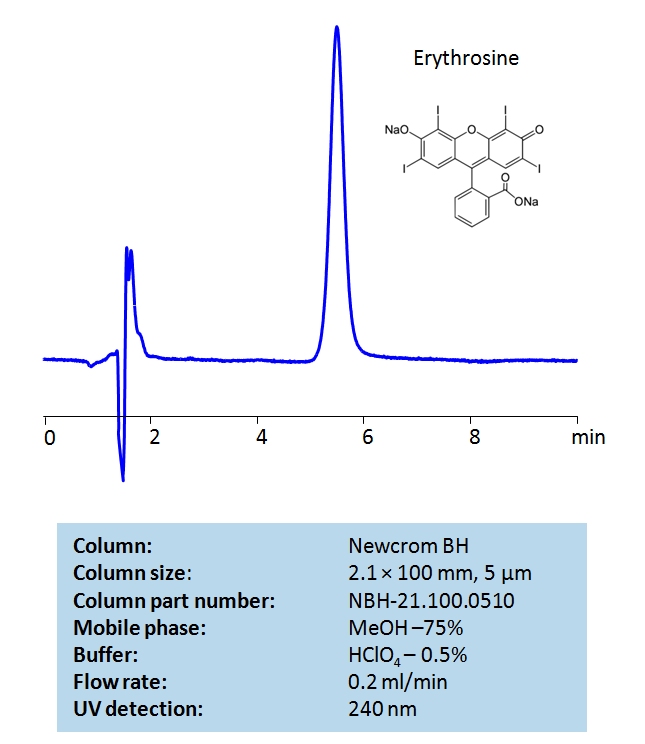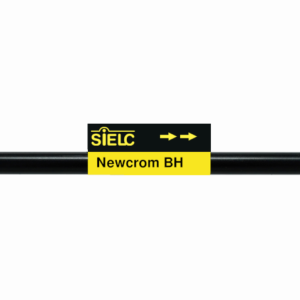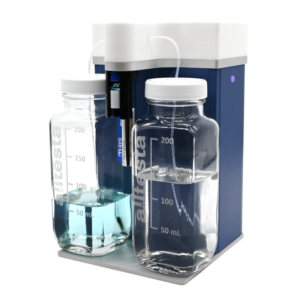Separation type: Liquid Chromatography Mixed-mode
High Performance Liquid Chromatography (HPLC) Method for Analysis of Erythrosine
Erythrosine (aka Red #3) is a fluorescent red acid dye used for food coloring, pharmaceutical dye, in printing inks, as a biological stain, and as a dental plaque disclosing agent. Erythrosine can be retained on HPLC mixed-mode Newcrom BH column using a mobile phase consisting of methanol (MeOH) and water with perchloric acid (HClO4) buffer. The analysis method can be UV detected at 240 or 498 nm.
| Column | Newcrom BH, 2.1×100 mm, 5 µm, 100A |
| Mobile Phase | MeOH/H2O – 75/25% |
| Buffer | HClO4 – 0.5% |
| Flow Rate | 0.2 ml/min |
| Detection | UV 240, 480 nm |
| Class of Compounds | Acid, Dyes |
| Analyzing Compounds | Erythrosine FD and C Red No. 3 |
Application Column
Newcrom BH
The Newcrom columns are a family of reverse-phase-based columns. Newcrom A, AH, B, and BH are all mixed-mode columns with either positive or negative ion-pairing groups attached to either short (25 Å) or long (100 Å) ligand chains. Newcrom R1 is a special reverse-phase column with low silanol activity.
Select options





